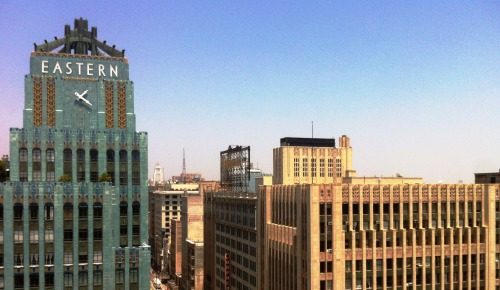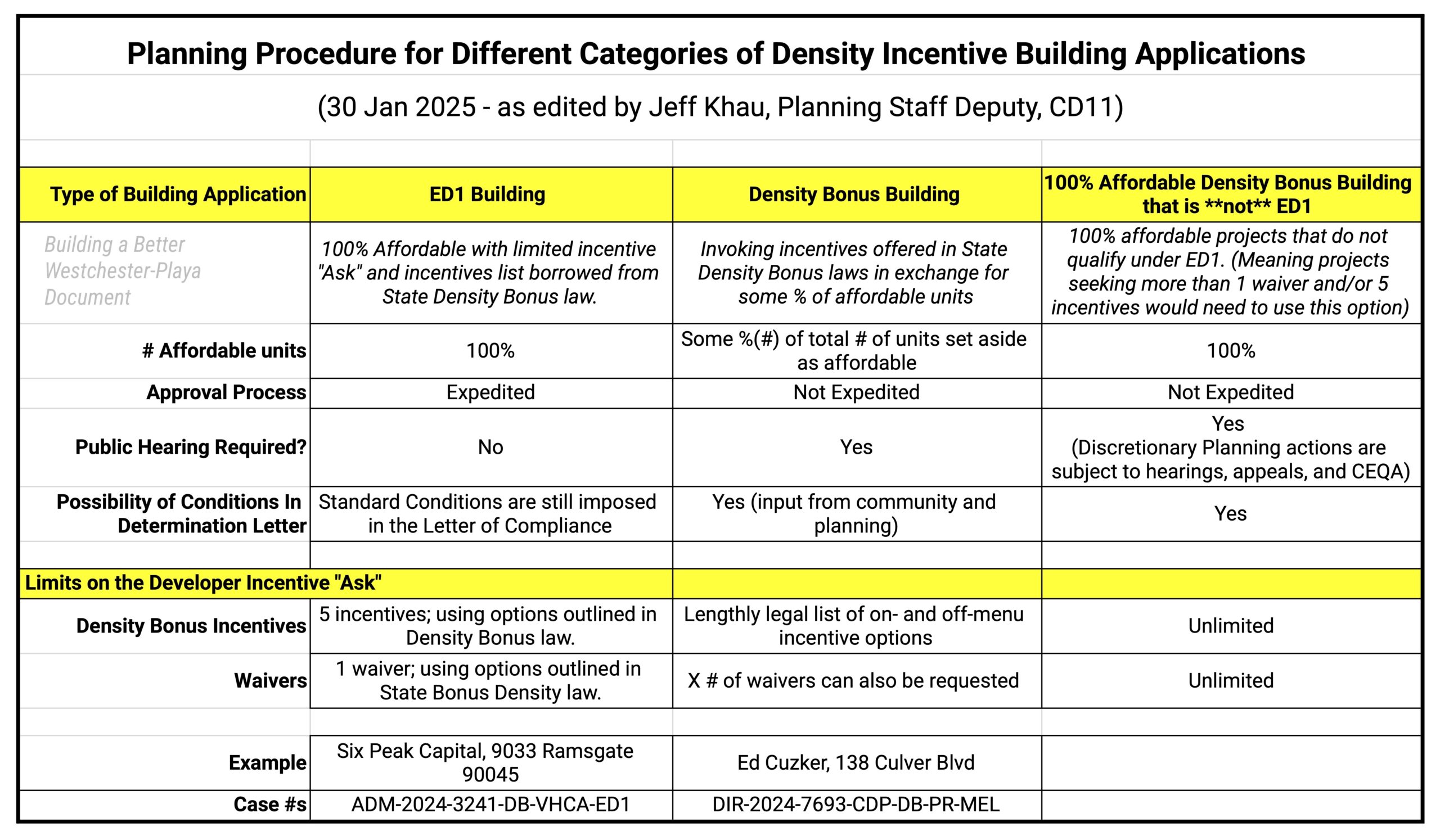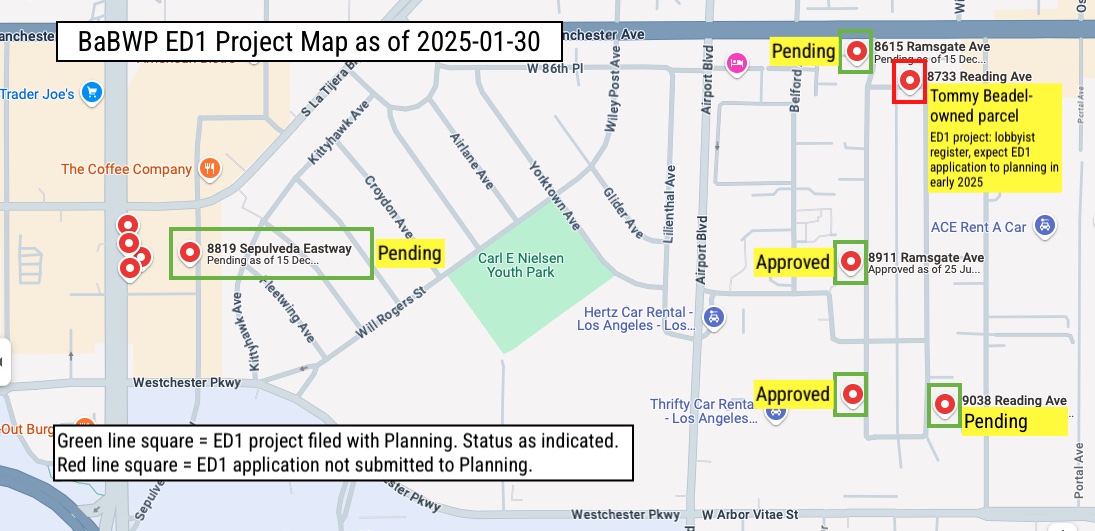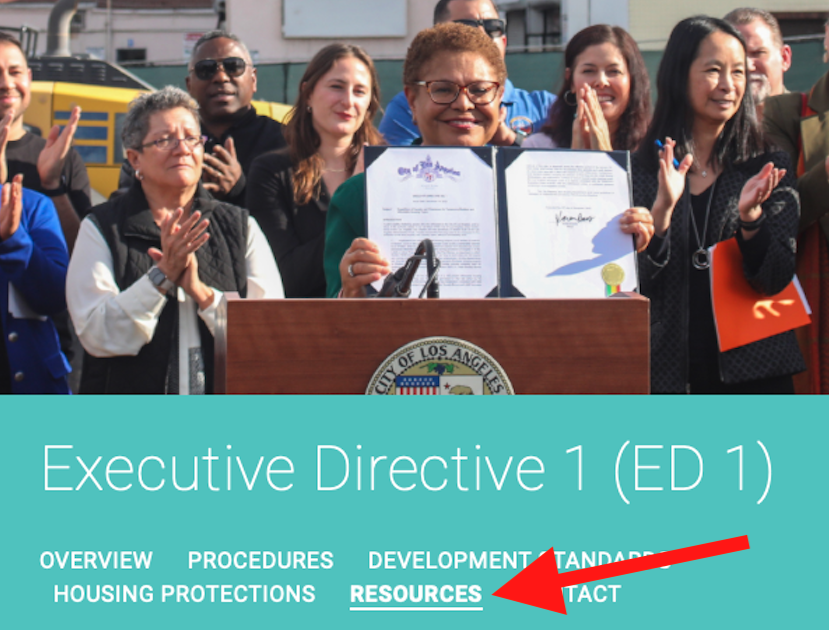In their August 2024 Market Report, the CommercialEdge real estate blog confirms Los Angeles is clocking in at 24-25% vacant rates. That translates to some 83 million sq feet of empty space (!!) at the exact moment LA is trying to figure out how to deliver more urgently needed housing.
Westchester-Playa has its own challenges with commercial space vacancies. So Adaptive Reuse may be a way to generate more local housing. To help everyone come up to speed on Adaptive Reuse in LA, we wanted to provide some basic info.
Overview & Key Documents
Making Adaptive Reuse available to all of Los Angeles is one of “six key strategies” LA has proposed for the Citywide Housing Incentives Program (CHIP), within the City’s 2021-2029 Housing Element.
Find the draft Adaptive Reuse Ordinance here.
Find Planning’s Fact Sheet on Adaptive Reuse here.
Public comment on any of the Housing Element key strategies and/or CHIP: sent to [email protected]
Key Points in the Draft Adaptive Reuse Ordinance
Building eligibility: has changed from a fixed date (only buildings built before July 1, 1974) to a rolling date (buildings at least 15 years old).
When you have to start with Planning, not Building & Safety: Should a developer wish to pursue adaptive reuse on a building between 5 and 15 years old, that’s a zoning variance request that must go through Planning.
One extra floor ok if all-access amenity. One new floor can be added to an existing building for the purposes of fitness areas, lounges, shade for roof-top terrances, and this extra sq footage is not counted as new floor area if it’s all-access.
Ok to also convert parking structures: Beyond the empty commercial space, developers can also seek to convert parking structures or parking areas within the existing building as long as they’re 5 years old.
Affordable units incentives? As of this post, just one: can set aside some affordable units and get out of paying the required Linkage Fee.
History of Adaptive Reuse in Los Angeles
- 1999: started as a special ordinance for Downtown LA only, resulting in 12,000 new housing units. (Credited with revitalizing the City’s historic core.)
- Later ok’d for use in a few more specific areas around town.
- Current draft ordinance (released May 2023) changes the game by making adaptive reuse a developer option anywhere in Los Angeles.
- Other features of the new ordinance:
- Considered a remodel, not new build, adaptive reuse projects bypass Planning review and go straight to Building & Safety for permitting. (As noted above, buildings between 5 and 15 years old go through Planning Dept application.)
- Can opt to adapt only part of a multi-story building
- E.g., 10 story building with top 3 floors adapted to residential, which bottom 7 floors remain commercial.
- Can opt to adapt parts of a multi-story building over time (e.g. 10 story building, convert 2 floors one year, then another 2 floors a year later, etc.)
Why City Officials Like It
At a developer event in March, 2024, Shana Bonstin, Deputy Director of the LA Planning Department had this to say about why LA likes Adaptive Reuse:
- Leverages space that already exists.
- Tends to be in locations with decent transit connections.
- Even taking efficiencies during construction seriously, it takes about 80 years to recover the energy put into a new build.
- There are opportunities to improve building eco-efficiencies during conversion (to say nothing of the eco-friendly outcome of not demolishing an office building to create new housing).
- It’s faster to initiate: for buildings 15 years or older adaptation to housing is deemed remodeling, not a new build. Therefore, Developers submit plans directly to Building & Safety. (Planning gets involved if the building has historical value and/or if the building is between 5 and 15 years old.)
Per Planning, as of March, 2024, DTLA is the most active area. Their goal: 100K new adaptive reuse housing units for 174K residents.
Here’s what Developers Say about Adaptive Reuse
- It’s not a financial slam-dunk: it is as expensive to capitalize (cost per sq ft cost) as a new build.
- Why? huge cost in reworking building infrastructure (electrical, plumbing, HVAC, etc)
- Housing may not always be the “reuse” plan.
- Why? There’s a surge in market demand for “wet lab” space (bio-science, Pharma, etc.). Therefore, in some cases, building adaption may be more profitable as lab space than housing.



